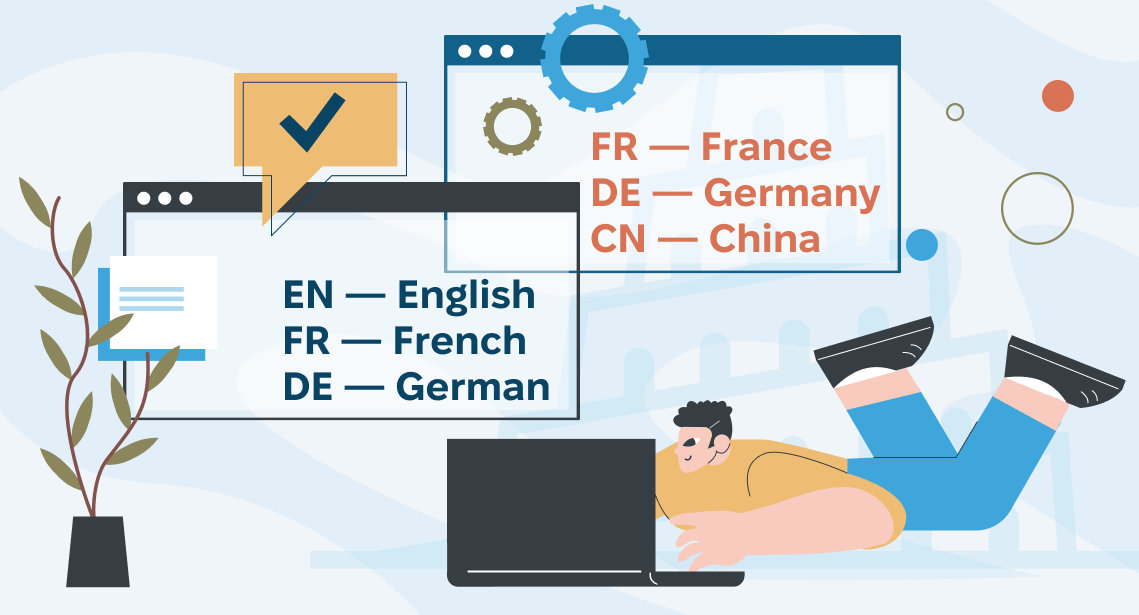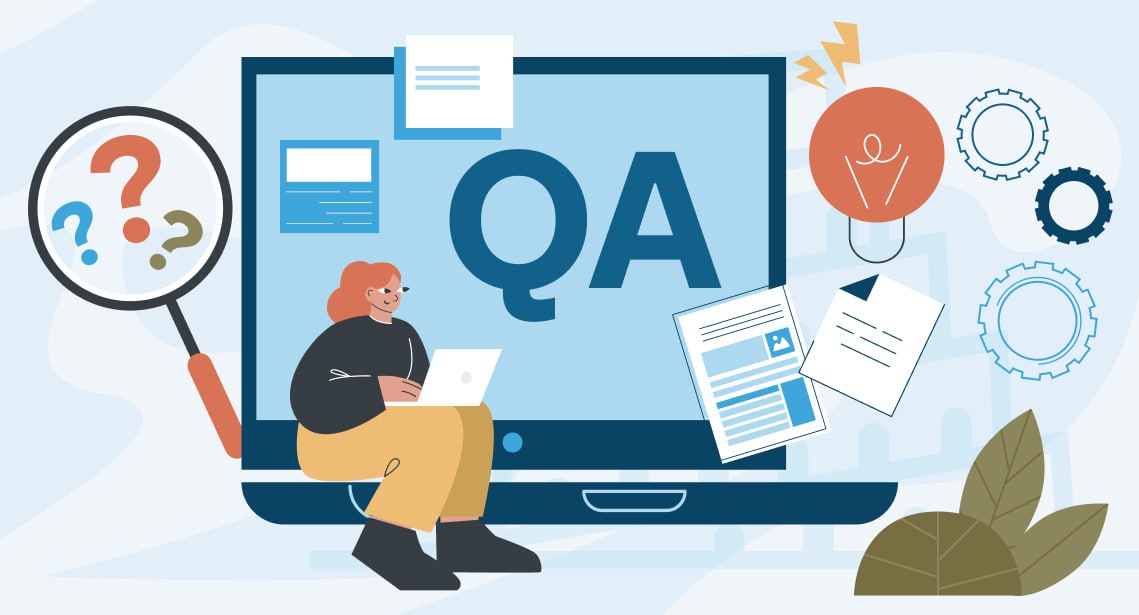The Secret Tool of Translation Agencies

In this article, we will tell you about the technical side of translation agency work. Many new translators and inexperienced clients of translation services are not always aware of this side. We are speaking of so-called CAT tools (CAT means computer-aided translation) and CAT systems. These are software applications using translation memory (TM) technology. Translators can often be afraid of such tools, while some clients are equally suspicious about them, and there can be translation agencies that make money by exploiting these fears and lack of knowledge.
How it works
Historically, the stereotype is that translation software is associated with machine translation. Many people would immediately imagine a professional translator using something like Google Translate, with its translation then edited by the translator. This misunderstanding gives rise to a series of problems in the relationship between translation agencies, translators, and their clients, and is the reason for many reservations and manipulations between these parties.
Professional translators generally avoid machine translations. Instead, they use automated translation, i.e. professional systems that aid translation by not repeating the same work many times. The principal function of such systems is to memorize all existing completed translations: every sentence is written and stored in a database (called “translation memory” or a “translation database”), where it can be accessed at any moment.
If, while working on a document, an application finds that the current sentence (or more specifically, a segment) has already been translated, the CAT application simply offers to substitute the ready-made translation: a translator needs only to check if it can be applied in this particular case. Sometimes it happens that part of a current sentence matches an already translated sentence: for example, only two or three words have been changed. In this case, the application proposes to edit the translation of the old sentence and not translate “from scratch”.
Example
A translator translates the sentence “I have a black cat”, and its translation is automatically stored in the translation memory. A short while later, the translator comes across a sentence “I have a black dog”. The application immediately prompts the translator that a very similar translation “I have a black cat” is stored in the translation memory; it is enough to replace the word “cat” with the word “dog”. Consequently, you don't have to translate the sentence in full and it is therefore possible to save time.
A translation memory can be refilled and used in every new project. This saves a lot of time and money when translating texts of the same type, for example, all kinds of contracts, manuals, etc. A translation memory can be shared with other translators who can continue their colleague's work, using their materials. In addition, CAT tools assist in keeping the terminology consistent: a translator can look up the previous translation of one or the other words at any time.
Eventually, it may turn out that instead of translating a 100-page manual for a device, only 70 pages need to be translated. The remaining 30 pages are already stored in the translation memory. In other words, labor—the cost of translation—is reduced by 30%.
Who saves, and who makes money from this? It depends on the expertise of the parties.
Background
The first commercial products for working with translation memory started to emerge in the 1990s. Chronologically, Trados was the first of these, and even today, SDL Trados still leads the field in its category. During the early 2000s, some translation agencies saw genuine economic benefits in using such applications. Subsequently, they tried to keep the existence of such technologies a secret from their rivals, to maintain their competitive edge. However, this technology was winning more and more supporters, promoted by the application producers themselves.
Gradually, the number of solutions offered by the software increased, and similar technologies were being developed. Competitors of Trados emerged such as Wordfast, Transit, memoQ, Déjà Vu, and many others. Over time solutions were developed that enabled many translators to work with the same translation memory simultaneously. Many of these products even became free of charge.
It is quite obvious that under such circumstances, only the most ignorant translation agencies, which didn't follow where the world was moving to, were unaware of such translation memory technology.
That's why today, any slightly progressive and professional translation agency uses translation memory technology, regardless of whether its clients ask for it. Below we examine the matter of how and to whose benefit it is done.
Clients' concerns and translation agencies' manipulations
Unlike translation agencies, many clients are not even aware of the existence of CAT tools. If a translation agency does not inform a client about them, it can make good money on an order that contains many repetitions.
However, translation agencies do not always keep this a secret to be greedy. If a client is not sufficiently tech-savvy and somebody starts explaining that their text will be translated using some special software, they might think it will be translated using a machine translation, such as Google Translate, and dismiss the order completely. You may not even have time to explain to the client that it was a misunderstanding and that you were not going to palm off a surrogate translation. Sometimes it’s better not to overload a client with unnecessary information.
Therefore, if a translation agency sees that its client is not translation-technology savvy, it will act according to one of the following ways:
- It will just make additional money based on its knowledge and experience, or more precisely, on the client’s lack of expertise.
- It will offer the client a discount “for no particular reason”, just to attract it. The client is sure that the translation agency has reduced the price per page, but actually, the volume of work is reduced thanks to repetitions.
- If a project is complicated and requires additional expenses (for example, on layout design, terminology-base creation, additional proofreading, inspection using QA software, and other activities the client does not understand), the translation agency uses the saved money to compensate for such expenses. Therefore, the translation agency does not bother the client with technical details and both parties win.
Some clients know which side of their bread is buttered, however, so they demand a discount from a translation agency for the repetitions in the text. As a rule, such clients negotiate with translation agencies the acceptable and mutually beneficial discounts for the repetitions in the text.
That's why; if you want to order a translation of a text with many repetitions, don't be shy in asking for a discount for the repetitions, which can be stored in the translation memory. A competent translation agency will either offer a discount and provide a text analysis for repetitions or will explain with reasons which additional costs it will compensate due to the savings made on the repetitions. If it becomes clear that a translation agency has no idea at all what you are talking about, have no dealings with them, most probably they are amateurs.
Translators' misconceptions
Curiously enough, it is not only clients, but also many translators that do not know about the existence of translation memory technology, or have a very vague image of it. There are two types of such translators:
- Novice translators. Unfortunately, they do not teach modern CAT tools in many educational institutions that train translators. As a result, graduates receive a diploma but do not receive an understanding of modern industry processes, so they have to study all over again.
- Veteran translators with 15+ years of translation experience, who have accumulated proficiency in translation itself, but have no idea about the tools invented for them over the last 20 years.
As with many clients, such translators often do not see any difference between automated and machine translation. That's why they can have a hostile attitude towards machines interfering with their work, or just confine themselves to using MS Word. Many of them are just not ready to learn new things and continue working using antiquated methods. Their reasons can be conventionally divided into two categories:
- Why do I need your “Trados”? I translate using my head! These things are not mutually exclusive but rather mutually complementary. A CAT application just "spares" your brain and protects it from dull work that can be delegated to a computer.
- It's all so complicated! I can translate faster in MS Word. At first, new software can seem very difficult. However, progress forges ahead and you should keep up with the times. Otherwise, you can be trampled down by the others. Just as agriculture moved from hoes to harvesters, translators moved from typewriters to computers and translation memory technologies.
With every new day, a growing number of clients learn about advanced translation technologies and request translation agencies to use them to reduce costs and optimize workflow. That's why a translation agency will inevitably demand that translators use such applications. It's up to you to decide whether you want to meet the same fate as dinosaurs...
Surely, CAT tools can't be used in every case. For example, they are almost useless for the translation of fiction as there are almost no repetitions and every sentence is unique. However, when the same character is called Michael, Mikael, or Michel in various parts of the book, you find yourself thinking that translators did not share the translation memory technology.
Summing up
CAT tools have turned from being the secret weapon of a select few, into a mass phenomenon. Soon, only people who are far away from the translation industry will be aware of them. That's why:
- Clients of translation services are recommended to at least superficially understand the operational principles of CAT technologies. This will help pricing more reasonably, and in some cases negotiate more favorable financial conditions.
- Translators who do not intend to change their jobs will inevitably have to master translation memory technologies. Sooner or later there will be a time when all translation agencies and even many clients will request using them.




